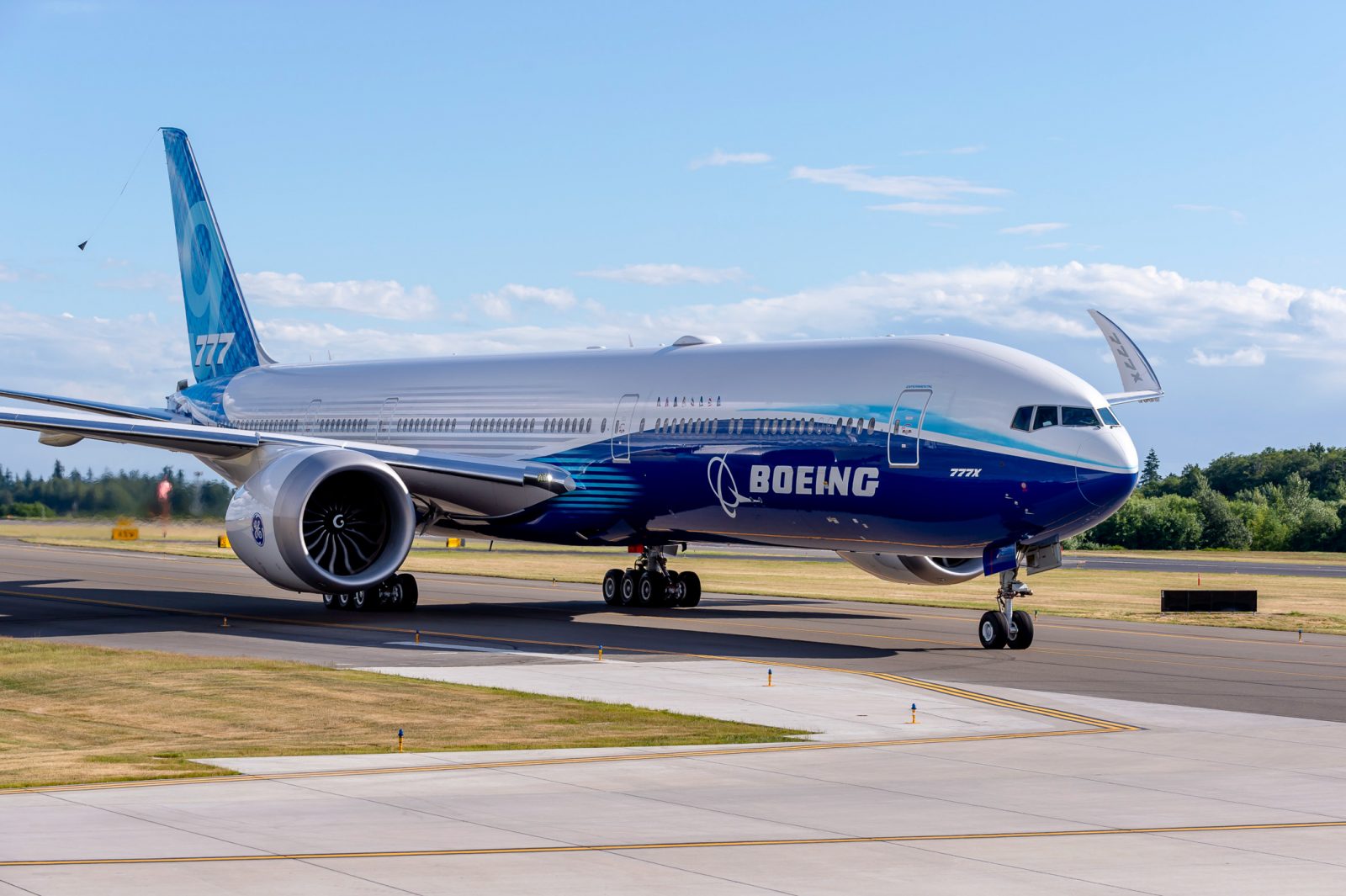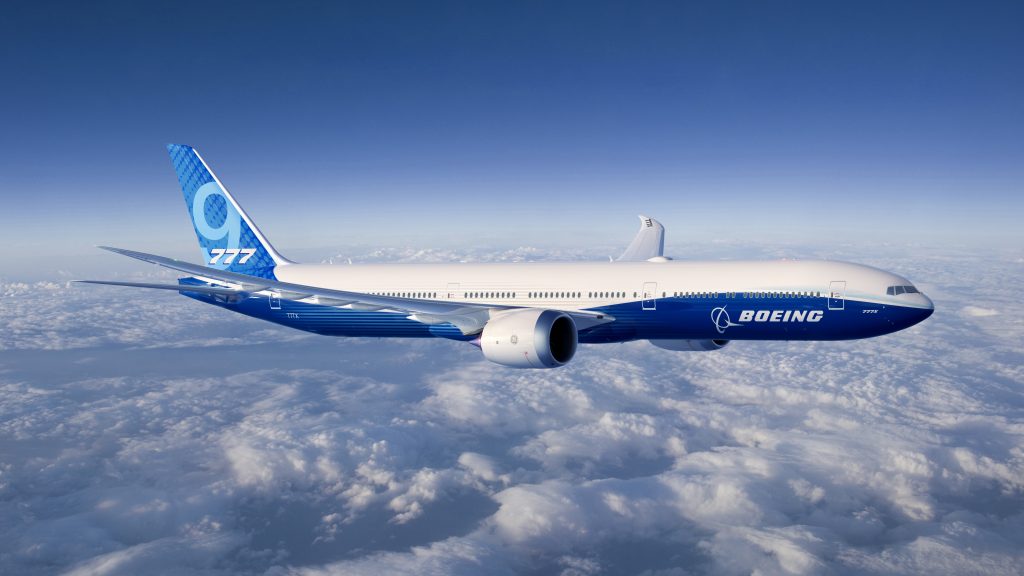
Boeing has been forced to delay the first test flight of its next-generation 777X aircraft because of bad weather forecast in the Seattle area. Earlier this week, reports emerged that the aircraft manufacturer planned to fly the 777X for the first time on Thursday, January 23, with Boeing making the news public on Tuesday “subject to weather and other factors”.
Boeing did not specify what “other factors” could delay the test flight.
But with heavy rain and gusty winds forecast around Boeing’s Everett facility, the test flight has been pushed back by at least 24-hours. The embattled aerospace giant said it hopes to still perform the first flight by the end of the week with a small improvement in weather conditions expected on Friday.

The 777X is the next iteration in Boeing’s hugely successful 777 programme. The aircraft comes in two sizes, the 777-8 which is capable of seating 384 passengers in a two-class configuration and the 777-9 which can hold as many as 426 passengers. The list price for the airliner ranges from $410 million to $442 million.
Launch customers for the 777x include Emirates, Qatar Airways and Emirates. Other initial customers including ANA, British Airways, Cathay Pacific, Singapore Airlines and Etihad Airways.
Boeing had hoped to start delivering the aircraft to launch customers this year but that target has been pushed back until early 2021 owing to a number of problems that have beset the jet’s development. One of the biggest headaches for the project team has been delays in the massive General Electric GE9X engines that will power the aircraft.
But the most high-profile delay was caused by an ‘extreme pressurization test’ that went badly wrong in September 2019. Watched over by FAA inspectors, an aircraft door blew off as engineers pressurized the aircraft under extreme load conditions.
Until this point, Boeing had been hoping to complete the aircraft’s first test flight by the end of last year but quickly pushed back that date until early 2020.
The 777X development programme was first launched in 2013 and along with the fuel-efficient GE9X engines, a new composite structure and massive wingspan (so large in fact that the tips are designed to fold up so that the aircraft can fit in standard 777 parking bays) will improve efficiency still further. The inside of the cabin will take many innovations from the 787 Dreamliner to improve the passenger experience.
Related
Mateusz Maszczynski honed his skills as an international flight attendant at the most prominent airline in the Middle East and has been flying ever since... most recently for a well known European airline. Matt is passionate about the aviation industry and has become an expert in passenger experience and human-centric stories. Always keeping an ear close to the ground, Matt's industry insights, analysis and news coverage is frequently relied upon by some of the biggest names in journalism.







